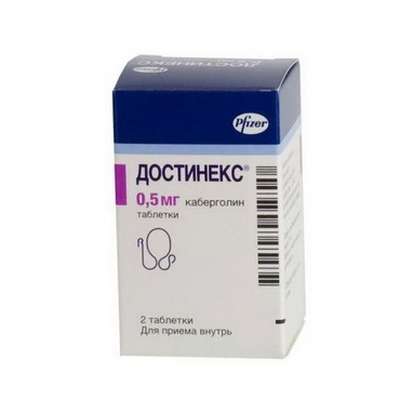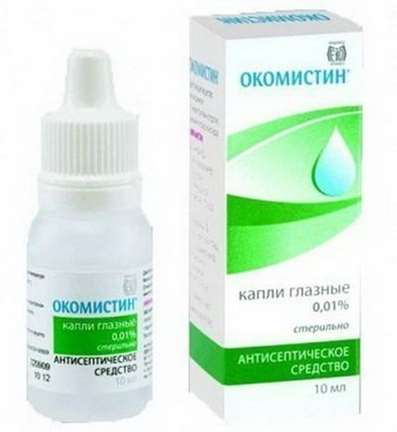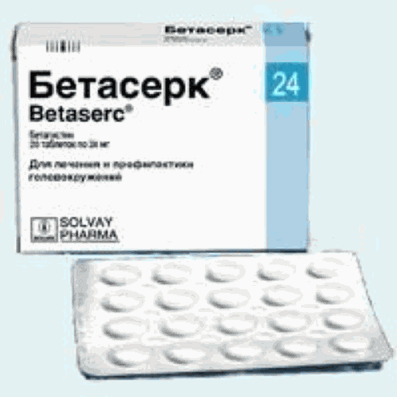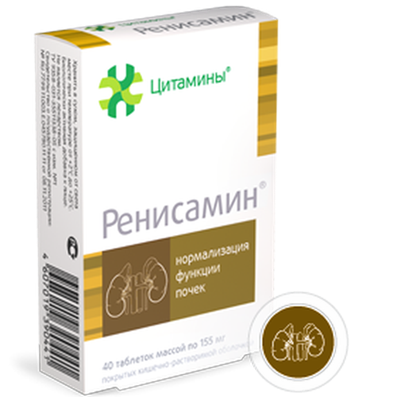Instruction for Use: Pantokalcin
I want this, give me price
Tradename: Pantokalcin
International Non-Proprietary Name (INN): hopantenic acid
chemical name: N- (2-adamantyl) -N- (2-n-bromophenyl) amine.
INN or grouping name: Bromantane.
Dosage Form: pills.
Structure
Structure
1 tablet contains:
Active ingredient: hopantenate calcium (or calcium salt Pantogamum hopantenic acid) - 0.25 g or 0.5 g;
Of ancillary substances: magnesium hydroxycarbonate, calcium stearate, talc, potato starch.
Description: White tablets plano-cylindrical shape and with a chamfer with the mark.
Pharmacotherapeutic group: nootropics
ATX Code: [N06BX]
Pharmachologic effect
Pharmacodynamics
The spectrum of action is associated with the presence in the structure of the gamma-aminobutyric acid. The mechanism of action is due to the direct influence of Pantokalcin on GABA B receptor-channel complex. It has neurometabolic, neuroprotective and neurotrophic properties. Increases resistance to cerebral hypoxia and exposure to toxic substances, stimulate anabolic processes in neurons. It has anticonvulsant effect, reduces the excitability of the motor while the ordering behavior. It improves mental and physical performance. Promotes normalization of GABA in chronic alcohol intoxication and the subsequent lifting of ethanol. Exhibits analgesic effect. Is able to inhibit the acetylation reaction involved in the mechanisms of inactivation of novocaine and sulfonamides, and thus a prolonging action of the latter. It causes inhibition of pathologically elevated cystic and reflex detrusor tone.
Pharmacokinetics
Rapidly absorbed in the gastrointestinal tract. The time to reach maximum plasma concentration was 1 hour. The largest concentrations are in the liver, the kidneys, in the stomach wall, the skin. It penetrates through the blood-brain barrier. Do not metabolized. Excreted unchanged within 48 hours (67.5% of the dose - in the urine, 28.5% - in the feces).
Indications for Pantokalcin
- cognitive disorders in organic brain lesions and neurological disorders;
- in the complex treatment of cerebrovascular insufficiency caused by atherosclerotic changes in vessels of the brain;
- senile dementia (primary form), residual organic brain lesions in middle-aged and elderly persons;
- organic cerebral insufficiency in patients with schizophrenia (in combination with antipsychotics, antidepressants);
- extrapyramidal hyperkinesis in patients with hereditary diseases of the nervous system (Huntington's chorea, hepatolenticular dystrophy, Parkinson's disease, and others.);
- the traumas of neuro-infections and head injuries (in the complex therapy);
- to correct the side effects of neuroleptics and prophylactic simultaneously as a "cover therapy";
- extrapyramidal neuroleptic syndrome (hyperkinetic and akinetic);
- epilepsy with slowing of mental processes (in combination with an anticonvulsant);
- psycho-emotional overload, reduced mental and physical performance;
- to improve concentration and memory;
- micturition disorders: enuresis, daytime incontinence, pollakiuria, urgency;
- children with mental retardation (mental delay, speech, motor development, or combinations thereof);
- cerebral palsy;
- stuttering (mainly clonic form);
- epilepsy (in a combination therapy with an anticonvulsant, particularly in polymorphic attacks and small seizures).
Contraindications
Hypersensitivity; acute renal failure; Pregnancy (1 term).
Dosing and Administration of Pantokalcin
Inside, after 15-30 minutes after eating.Single dose for adults is 0.5-1 g, for children - 0.25-0.5 g daily dose for adults - 1.5-3 g, for children - 0,75-3 g Duration of treatment - from 1 to 4 months, in some cases up to 6 months. After 3-6 months may conduct re-treatment.
Mental deficiency in children: 0.5 g of 4-6 times a day, daily for 3 months at a delay of speech - 0.5 g 3-4 times a day for 2-3 months.
When neuroleptic syndrome (as a proofreader side effects of neuroleptics): adults 0,5-1 g 3 times a day, children - 0.25-0.5 g 3-4 times a day. Duration of treatment -1-3 months.
When epilepsy: children at 0.25-0.5 g 3-4 times a day, adults of 0.5-1 g 3-4 times a day every day for a long time (up to 6 months).
When hyperkinesis (ticks): children at 0.25-0.5 g 3-6 times a day every day for 1-4 months, adults - 1.5-3 g per day every day for 1-5 months.
When urinary disorders: adult 0.5-1 g 2-3 times a day (daily dose 2-3 g), children - 0.25-0.5 g (daily dose of 25-50 mg / kg). Duration of treatment - from 2 weeks to 3 months (depending on the severity of disorders and therapeutic effect).When neuroinfections and consequences of traumatic brain injury: 0.25 g 3-4 times a day.
To restore the efficiency at high loads and asthenic states: 0.25 g 3 times a day.
This dosage form is not recommended for children under 3 years.
Side effects
Allergic reactions: rhinitis, conjunctivitis, skin rashes.
Interaction with other drugs
Prolonging effect of barbiturates; It enhances the effects of drugs that stimulate the central nervous system, anticonvulsant drugs, the effect of local anesthetics (procaine). It prevents side effects of phenobarbital, carbamazepine, antipsychotics (neuroleptics).
Action hopantenic acid amplified in combination with glycine, Xydifon.
Release Form
Tablets of 250 mg or 500 mg. 10 tablets in blisters of PVC film and aluminum foil printed patent. 50 tablets were placed in plastic jars complete with lids.
Every bank, 5 contour packs together with instructions for use placed in a pile of cardboard.
Shelf life
3 years.
Do not use after the expiration date.
Storage conditions
In dry the dark place at a temperature no higher than 25 ° C. Keep out of the reach of children.
Conditions of supply of pharmacies:
on prescription.

 Cart
Cart





